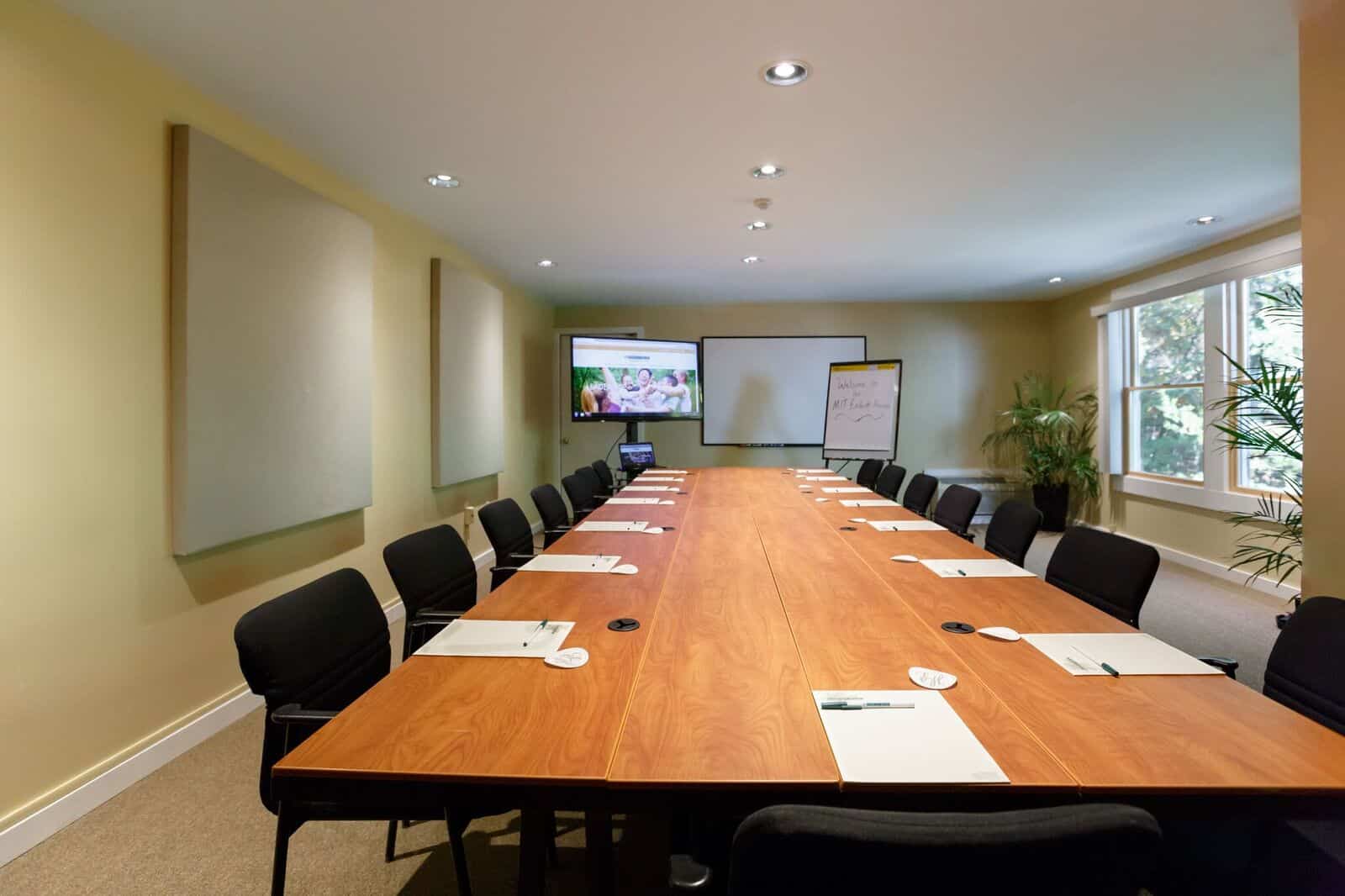
Have they invented a left-swipe for bad meetings? Can you unfriend, delete, block or otherwise extricate yourself from meetings that waste your time? Good meeting hygiene can make or break an organization’s morale, efficiency and ultimately their contribution to their industry.
The Bad Meeting: A wasted afternoon when nothing actually gets done or decided. Could be that there are too many people who aren’t essential to the purpose and were invited for “political” reasons. Paying attention to someone reading PowerPoint slides might be beyond human endurance.
And the distractions…the gravitational pull of your phone and the to-do list on your desk. The colleague waiting for you to be done with this meeting so you can have another one! According to MeetingKing, a provider of meeting organization tools, roughly 11 million business meetings take place every day in the United States. We’d like to make every single one of them worth the time and money invested by removing those distractions.
If you are responsible for meeting management, consider these suggestions for planning an efficient and effective meeting that your attendees will appreciate and actually look forward to. Here at MIT’s Endicott House, we have hosted thousands of meetings. We agree with the experts on what makes the difference between an OK meeting and a great one. Here are eight secrets to a satisfying assembly, large or small.
Clearly define the purpose of the meeting.
Many unproductive meetings have no real objective. Interestingly, a purposeless meeting can result from too much routine (But we’ve always had this Monday morning meeting!”) or too much spontaneity resulting in a hastily put together idea with an ill-defined goal. Take the time to figure out the point of calling a meeting by asking yourself what exactly you want to walk out the door with. Also, stop to evaluate whether a group meeting is the best way to get to your goal. Too many of those 11 million meetings should have been a memo, email or voicemail message.
Think about the people that should be invited.
Each person sitting in on your meeting represents money spent by the company for overhead, not to mention the intangibles or social effects involved. Make sure you can justify the resources spent on your meeting if there were some kind of audit. Most of the time it’s a no-brainer and your list of usual suspects is the right mix. Sometimes, though, it pays to go through the invitees one by one and consider if that individual needs to be there to contribute, brainstorm or act as an information conduit.
Configure for participation.
For a highly participatory meeting where you need a lot of back-and-forth, limit the number of attendees to a smaller number to promote the most participation. Of course, not all meetings can be like that, so if your group is large you can always schedule breakout sessions or use small groups that interact then report to the larger group. If you are planning a company-wide meeting, that also needs a lot of discussion. Consider and plan breakout sessions to balance time spent in a larger group.
Adhere to your published agenda.
Before the actual meeting begins, send out a detailed list of all the topics to be addressed in the meeting and how long you plan to spend on each topic. During the meeting itself, be sure to stay within the boundaries of your plan. It’s imperative that you enforce this rule on the first few items because once you go over a time limit you set, your attendees get the message that anything goes. After being a “Time Nazi” a few times, your people will get the message, and you’ll be amazed that goals are met and progress is made while meetings get shorter.
There are times when the agenda needs to be adjusted or tossed, but let that be rare.
Start and finish the meeting on time. If you are planning a major retreat or all-day strategic meeting, be sure to break the day into short, digestible sessions with downtime in between.
Stay in control.
If you are in charge of the meeting, it is your responsibility to keep everyone on task. This is a crucial role to play, and sometimes difficult if the topic or outcome of the meeting is of great interest to you. If things start to drift off, Identify it and steer it immediately back to the point at hand. Recognize the tangent, make note of it and promise to address it later. If one person insists on a tangent or personal agenda, work to limit that individual’s contribution, and certainly talk to them outside the meeting about your expectations for meetings.
Monitor electronic devices.
We’ve all gotten in the habit of checking our phones incessantly, and it can prove to be a distraction from your meeting’s goal. Decide if it’s appropriate for attendees to handle their phones during the meeting. You can always try a no-device policy, but there always seems to be exceptions. Expect your attendees to act like adults and hold them accountable for the meeting’s goals. One easy solution is for everyone to put their phones on vibrate in the middle of the table during crucial interactions. If someone REALLY needs to take a call or text, they are free to do so, but it keeps people from compulsively checking Facebook every 5 minutes.
Track off-topic ideas separately.
It is inevitable that someone in a meeting will begin talking about a related but off-topic thought, and you have to decide quickly if it will derail the meeting and push participants away from your goal. When this happens, recognize the idea, question or thought as valuable and have the person taking notes record the idea. Sometimes the tangents call for another meeting, or a subgroup to discuss and report back at another meeting.
Make sure everyone knows what is next.
Within the next business day, be sure to summarize the meeting, decisions that were made and, most importantly, what people are responsible for and their deadlines. This final step is critical to ensuring the meeting was productive.
One way that employees or consultants as meeting management professional can add value to their organizations or clients is by helping them organize and plan effective meetings. By following these tips, you can provide valuable guidance for each and every meeting. Down the line, the people you led in meetings will use your tactics to lead great meetings themselves.


